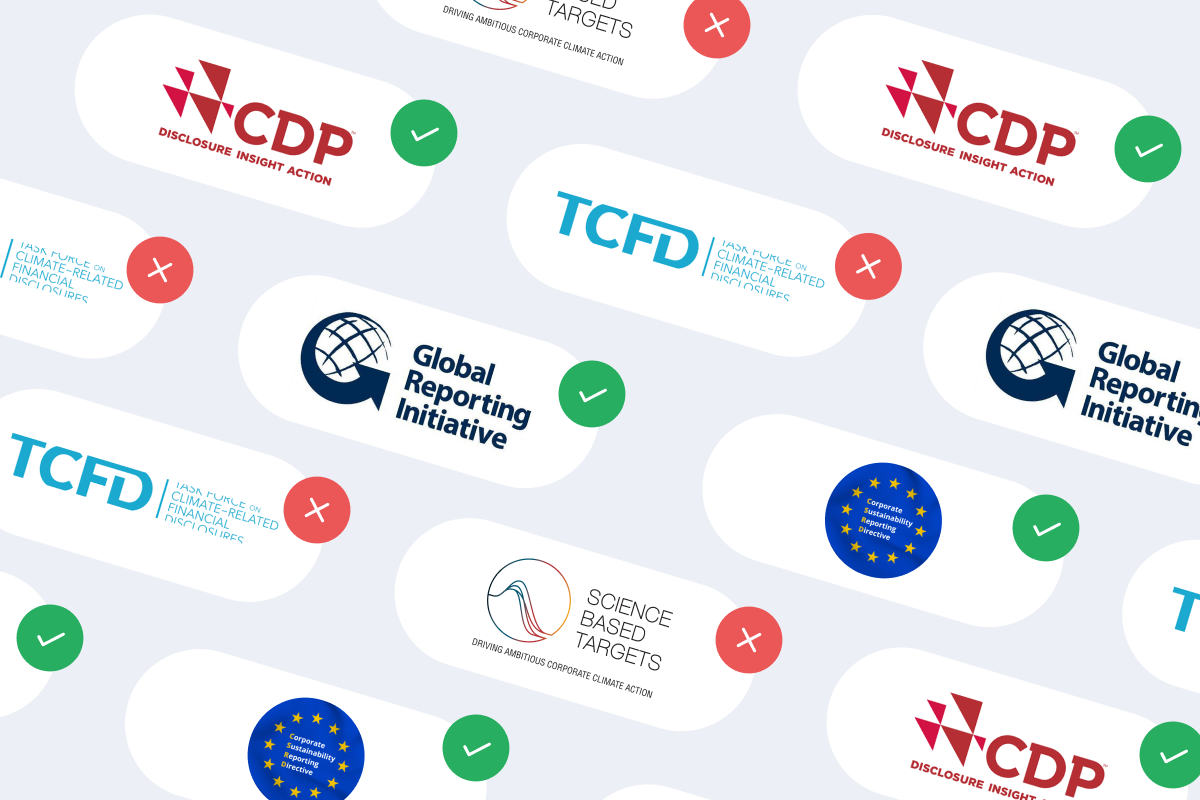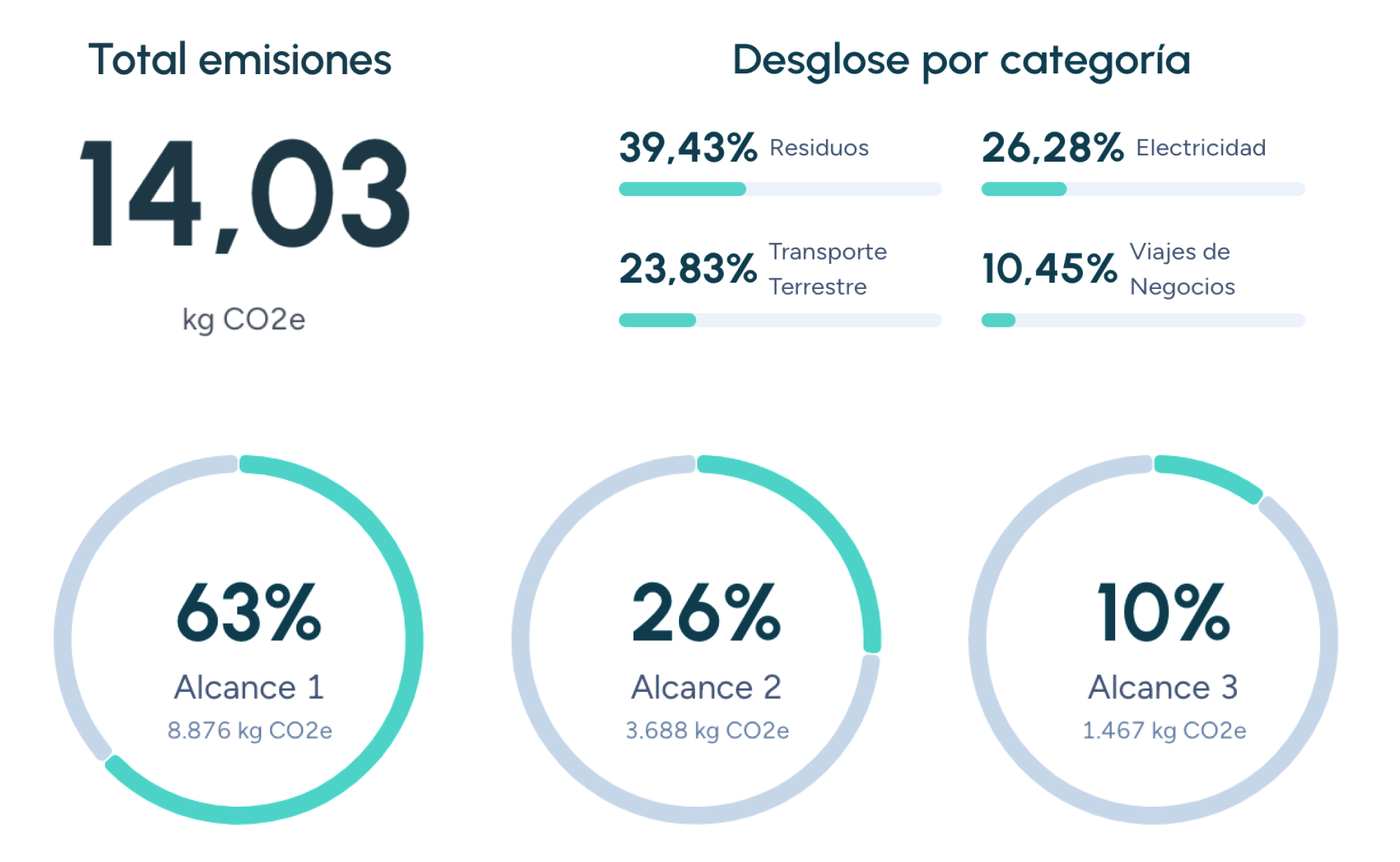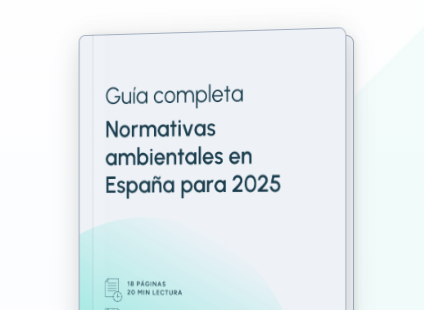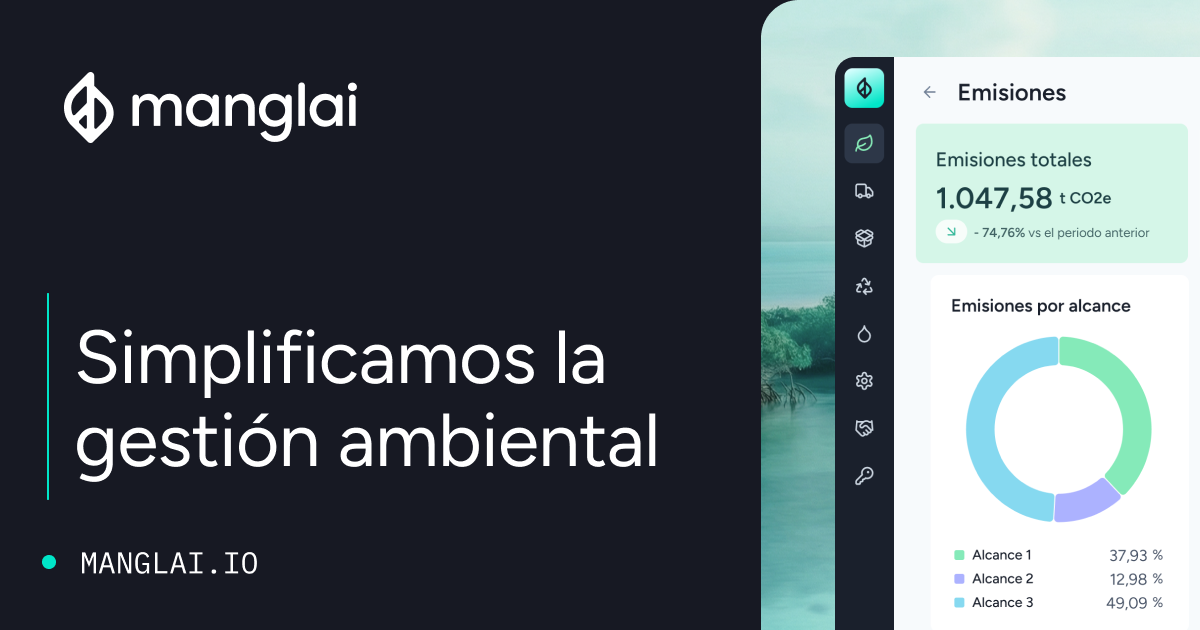B
Blue carbon
Blue carbon refers to the carbon stored in coastal and marine ecosystems, such as mangroves, seagrass meadows, and salt marshes. These habitats act as powerful carbon sinks, absorbing and storing large amounts of CO₂—often at rates much higher than many terrestrial forests.
Where is Blue Carbon Found?
- Mangroves: Forests located in intertidal zones of tropical and subtropical regions.
- Seagrass meadows: Underwater plant ecosystems found in shallow coastal areas.
- Salt marshes: Coastal wetlands that are regularly flooded by tides.
Ecological Importance
- Carbon storage: These ecosystems can sequester three to five times more carbon per unit area than tropical forests.
- Coastal protection: They reduce wave energy and help prevent erosion.
- Biodiversity: Serve as nurseries for numerous marine species and provide critical habitats.
- Water quality: Filter nutrients and pollutants, improving marine ecosystem health.
Threats
- Habitat destruction: Coastal urbanization, aquaculture, and pollution contribute to wetland loss.
- Climate change: Sea level rise and ocean acidification threaten their stability and function.
- Overexploitation: Unsustainable harvesting and conversion of mangroves into shrimp farms, among others.
Conservation and Restoration
Protecting and restoring blue carbon ecosystems is essential to:
- Mitigate climate change: By maximizing CO₂ sequestration.
- Protect coastal communities: Acting as natural barriers against storms and flooding.
- Sustain fisheries: Preserving biodiversity and marine productivity.
Key Initiatives and Projects
- Blue Carbon Initiative: A global program promoting the conservation and restoration of coastal carbon sinks.
- Global Mangrove Alliance: An international coalition working to protect and restore mangrove forests.
- Payments for ecosystem services: Incentive schemes that reward local communities for preserving coastal wetlands.
Blue carbon is a critical element in the fight against climate change and the protection of marine biodiversity. Conserving and restoring these vital coastal ecosystems not only benefits the planet’s climate but also strengthens the resilience of coastal communities and economies.
Companies that trust us

Carbon Balance
Discover what a carbon balance is, how it is calculated, which standards regulate it, and how companies, territories and projects use it to reach climate neutrality.
Carbon Leakage
Carbon leakage is a phenomenon in which greenhouse gas (GHG) emissions shift from a region with stricter environmental regulations to another with more lenient standards.
Climate Adaptation
Discover what climate adaptation is, which strategies exist, what regulatory frameworks drive it, and which examples stand out in Spain and Europe in response to climate change.
Guiding businesses towards net-zero emissions through AI-driven solutions.
© 2025 Manglai. All rights reserved
Política de Privacidad


